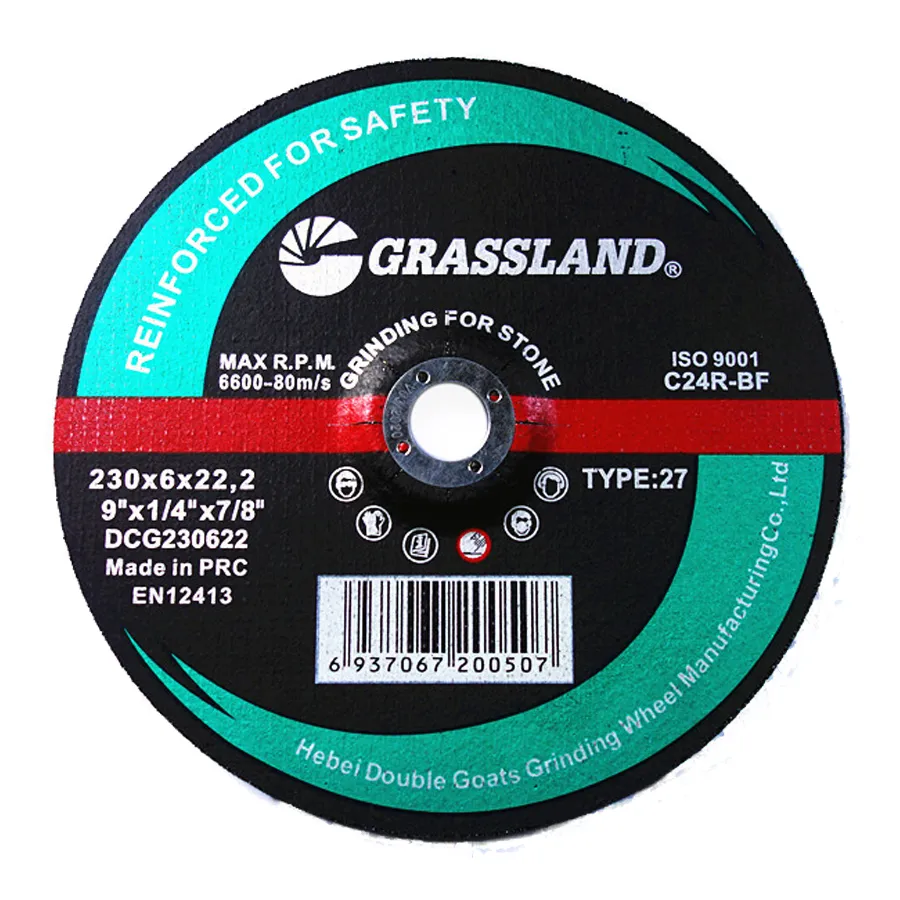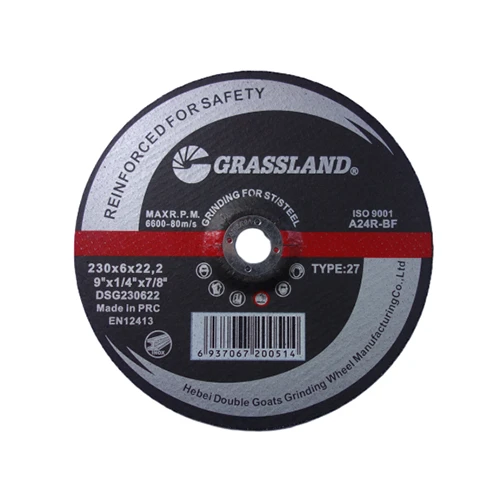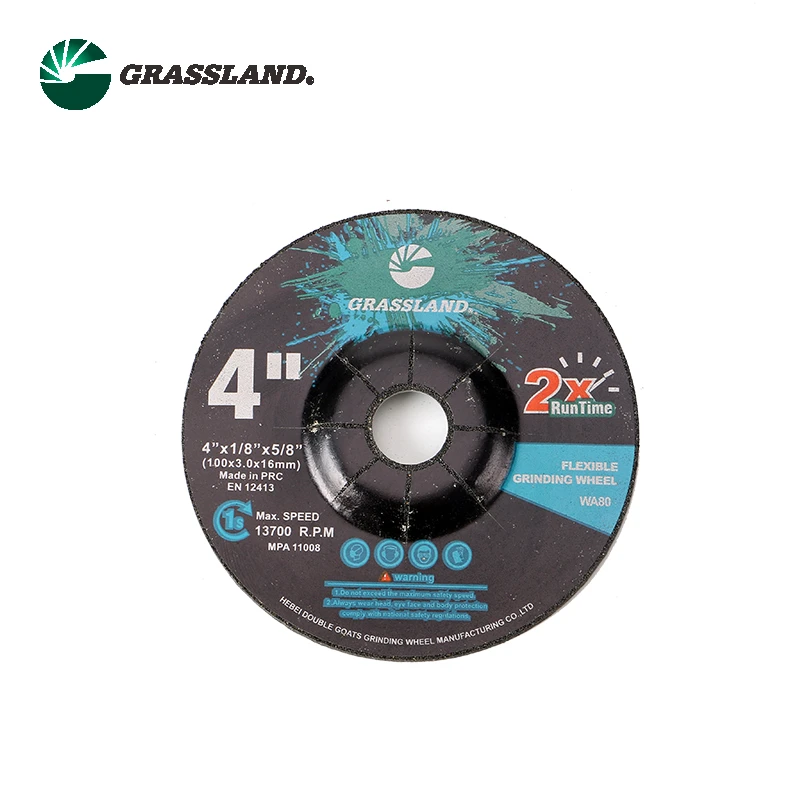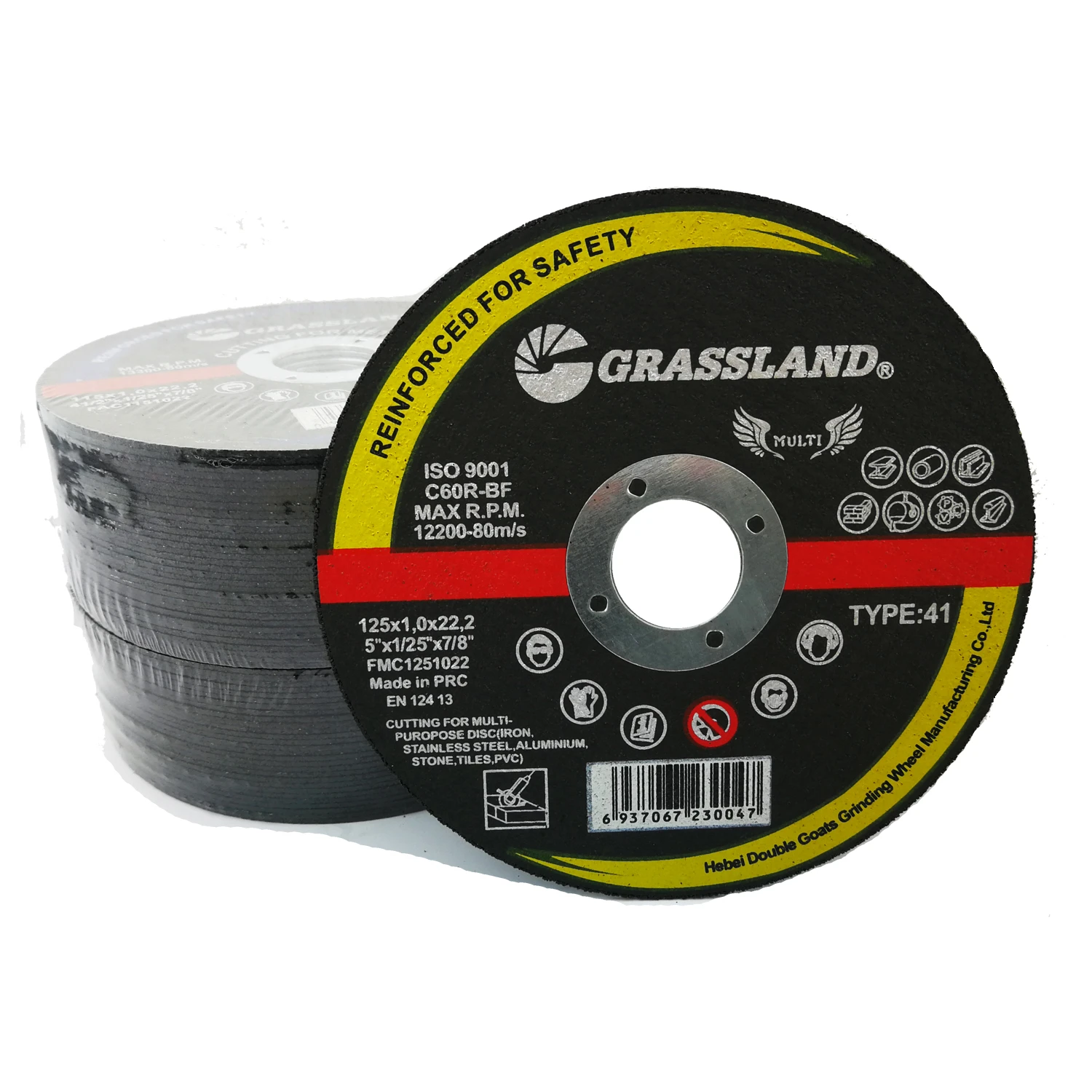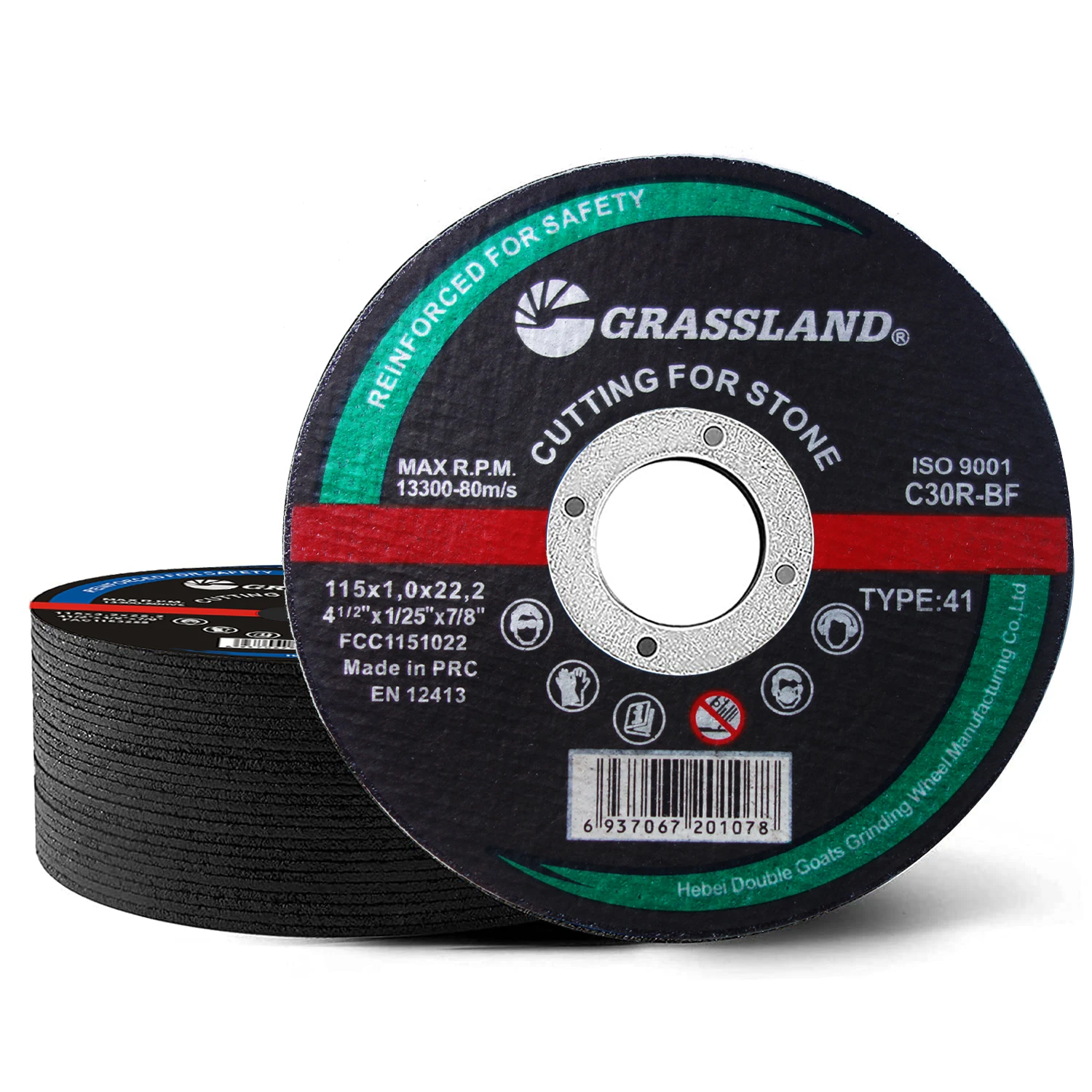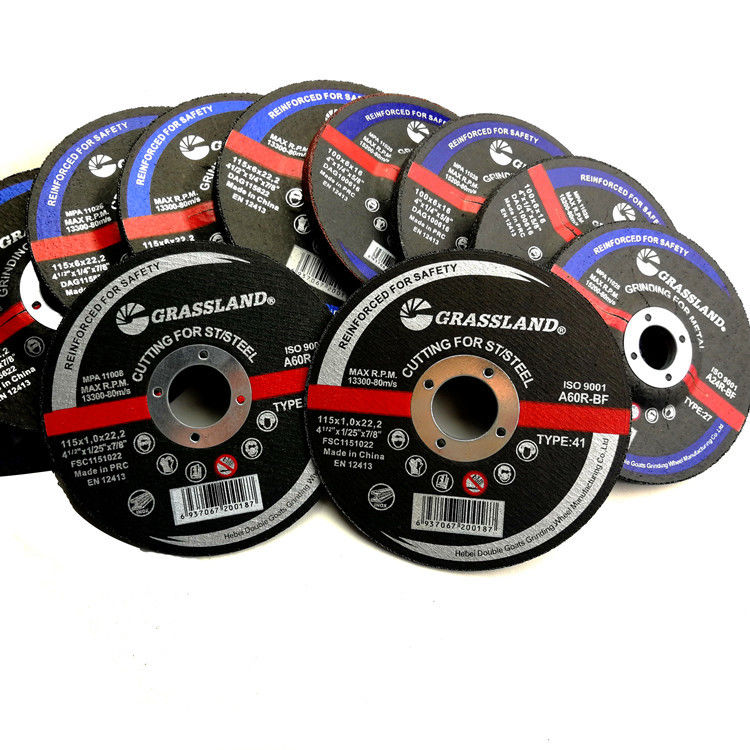
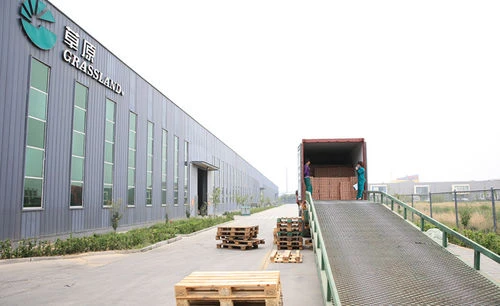
From a technical perspective, the motor’s power and wheel size are critical considerations when selecting a metal cut off grinder. A more powerful motor allows for smoother cuts through thick and dense metal, while the correct wheel size ensures compatibility with the material thickness you commonly work with. Experienced users often emphasize the importance of matching the grinder’s specifications with the job's requirements to prevent unnecessary wear on the tool and imperfect cuts. Trustworthiness is crucial in any tool investment, and the reputation of a brand often speaks volumes. Leading manufacturers in the metalworking industry have honed their craft over decades, providing models that stand out due to their durability and performance. Brands like DeWalt, Makita, and Bosch are often top choices, producing grinders that not only endure rigorous use but also receive high praise for their customer support and extensive warranties. Many users base their purchase decisions on reviews and testimonials, which offer insights into a model’s performance in real-world applications. In my professional experience, feedback from skilled artisans and tradespeople can be a reliable resource when determining the best fit for a metal cut off grinder. Their hands-on experience highlights potential advantages and drawbacks that may not be immediately obvious, providing a comprehensive picture of what one can expect post-purchase. Finally, operating a metal cut off grinder with precision requires not just the right tool but also user expertise. A deep understanding of how to handle the grinder, control its speed, and utilize its features to their fullest potential significantly contributes to achieving optimal results. Continuous learning and practice in adjusting cutting techniques and selecting appropriate abrasive wheels for different metals will ensure that cuts remain sharp, efficient, and precise, reinforcing the tool's role as an essential component in any serious metalworking toolkit.
Post time:Jan - 26 - 2025







